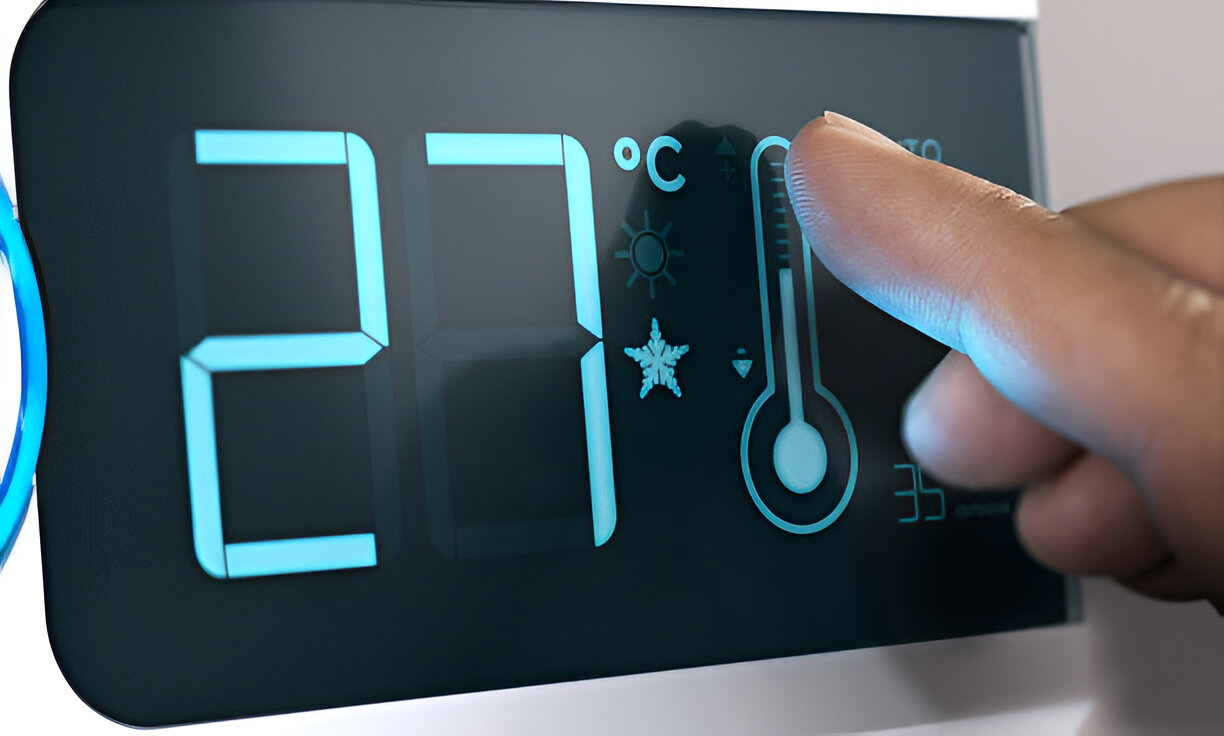
In today’s rapidly evolving world, temperature monitoring has become a critical aspect of various industries, from food storage to healthcare. The process involves keeping a constant check on the temperature of environments or products to ensure they remain within safe limits. Traditional methods, often involving manual checks, present significant challenges such as time consumption, human error, and delayed responses to temperature fluctuations. Fortunately, modern advancements like temperature sensors and GPS-enabled monitoring systems offer more efficient solutions.
Key Benefits Of Using Using Wireless Temperature Tracking System

Real-Time Monitoring
One of the most significant benefits of modern temperature monitoring systems is the ability to provide real-time data. Real-time temperature data is invaluable for decision-making, as it allows businesses to react promptly to any anomalies. For instance, if a sudden temperature fluctuation occurs, instant alerts enable quick corrective actions, preventing product loss and improving overall operational efficiency. The use of advanced temperature sensors and integrated data platforms facilitates this seamless flow of information.
Remote Access
The flexibility and convenience of remote monitoring cannot be overstated. With the ability to access temperature data from anywhere, business owners and managers are no longer tied to a specific location. Whether through mobile devices or cloud platforms, remote monitoring provides real-time data visualization and accessibility, ensuring that you can always stay informed about your operations. This capability not only enhances convenience but also supports better resource management and quick response times.
Ease of Installation
When comparing wireless and wired temperature monitoring systems, the ease of installation is a clear advantage of wireless solutions. Wireless sensors offer a plug-and-play setup, drastically reducing downtime and installation costs. Traditional wired systems often involve complex and time-consuming installations, whereas wireless sensors can be deployed quickly and efficiently, making them a cost-effective choice for businesses looking to minimize disruptions.
Data Accuracy
A common concern with wireless temperature monitoring systems is data accuracy. However, advancements in sensor technology and data validation processes have ensured that wireless systems are highly reliable. Calibration and regular data validation procedures maintain data integrity and sensor accuracy, providing precise temperature readings. These systems are designed to meet the stringent demands of various industries, ensuring that you can trust the data they provide.
Power Efficiency
The power efficiency of wireless sensors is another crucial factor. Modern wireless sensors are equipped with advanced battery technology that offers long battery life and low power consumption. This efficiency reduces the frequency of maintenance and sensor replacements, saving time and operational costs. By choosing energy-efficient, battery-powered sensors, businesses can ensure continuous monitoring without frequent interruptions.
Scalability
Wireless temperature monitoring systems are inherently scalable, allowing for easy expansion as your needs grow. Whether you need to add more sensors to cover new areas or integrate additional functionalities, wireless systems provide the flexibility to adapt. This scalability ensures that your monitoring system can grow alongside your business, accommodating increased demands without significant overhauls or additional infrastructure.
Cost-Effectiveness
When it comes to cost, wireless temperature monitoring systems offer significant long-term savings compared to their wired counterparts. While the initial costs of wireless solutions might be comparable, the reduced expenses in installation, maintenance, and operation translate into substantial savings over time. A comprehensive cost-benefit analysis reveals that wireless systems provide a higher return on investment (ROI) and lower overall operational costs, making them a financially sound choice for businesses.
Final Thoughts
In summary, wireless temperature monitoring systems offer numerous advantages over traditional methods. From real-time data and remote access to easy installation and scalability, these systems enhance efficiency, accuracy, and cost-effectiveness. By adopting wireless temperature monitoring solutions, businesses can ensure better product quality, improved operational efficiency, and a competitive edge in their respective industries. Embrace the future of temperature monitoring and experience the transformative benefits for yourself.
